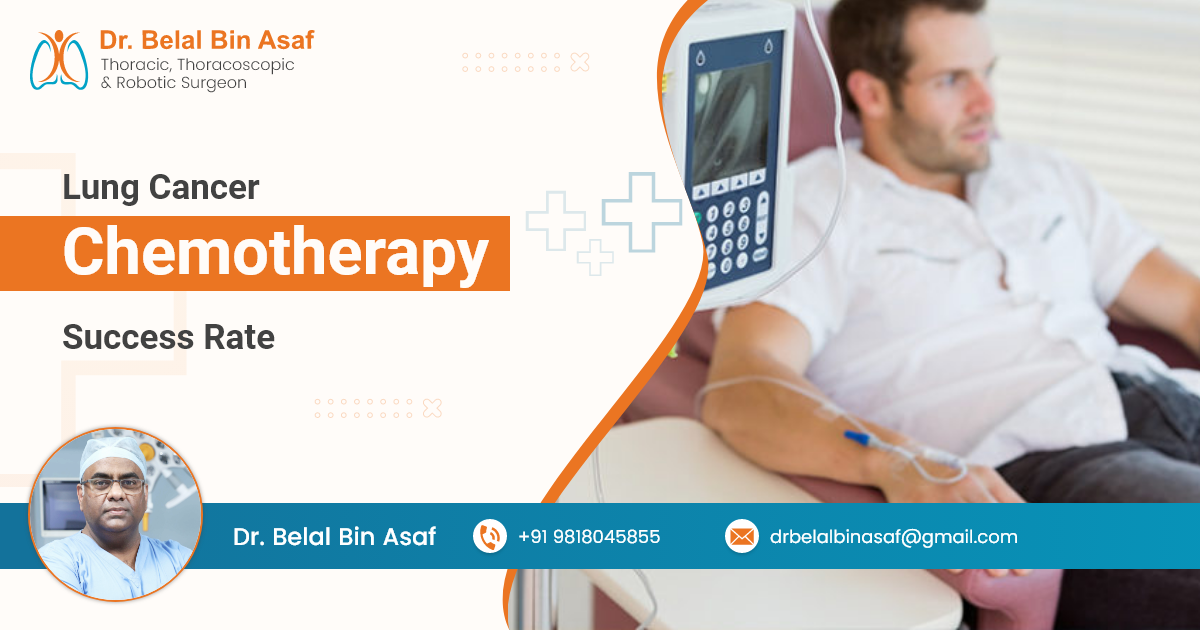Lung cancer is one of the most prevalent and challenging cancers worldwide. When diagnosed at stage 4, the disease has already spread (metastasized) beyond the lungs, making it more difficult to treat. At this advanced stage, the primary goal of treatment shifts from curative intent to slowing the progression of the disease, alleviating symptoms, and improving or maintaining quality of life.
Chemotherapy remains a key component in managing stage 4 lung cancer, widely recognized for its ability to control disease progression and ease symptoms. Though it may not offer a cure, chemotherapy can play a crucial role in managing the disease and providing patients with more time and comfort. In this blog, we’ll take a closer look at how chemotherapy works, its role in stage 4 lung cancer treatment, and what patients can expect during their journey.
Contents
- 1 What is Chemotherapy?
- 2 How Chemotherapy Helps at Stage 4 Lung Cancer
- 3 Types of Lung Cancer Treated with Chemotherapy
- 4 How Chemotherapy is Administered
- 5 Chemotherapy in Combination with Other Treatments
- 6 Side Effects of Chemotherapy
- 7 Performance Status and Personalized Treatment
- 8 Living with Stage 4 Lung Cancer
- 9 Conclusion
What is Chemotherapy?
Chemotherapy uses potent medications to target and eliminate rapidly dividing cancer cells throughout the body. These drugs travel through the bloodstream and can reach cancer cells that may have spread far from the original tumor site.
Unlike localized treatments like surgery or radiation, chemotherapy is a systemic treatment, meaning it affects the whole body. This makes it especially important for cancers that have metastasized, like stage 4 lung cancer.













 +91-9818045855
+91-9818045855
